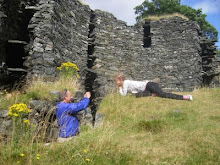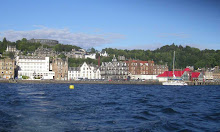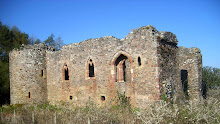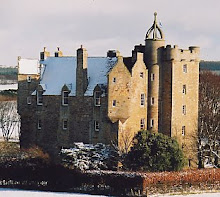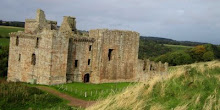This morning I googled "James Anderson Isle of Skye 1706" and found your September 2003 letter of appreciation to Alastair Cunningham on his Clans and Castles website, in which you mention a James Anderson in your ancestry.
 I wrote to Alastair, asking him to help me locate you, and he immediately wrote back that he had sent my e-mail on to you at your 2003 address. We are related, Harriet! I googled your names myself, and found your incredibly rich and fascinating website and all the proof I need to say that we are related via Andersons and Schencks. My father was Jerome Schenck Anderson III, born in Stonington, CT, in 1906.
I wrote to Alastair, asking him to help me locate you, and he immediately wrote back that he had sent my e-mail on to you at your 2003 address. We are related, Harriet! I googled your names myself, and found your incredibly rich and fascinating website and all the proof I need to say that we are related via Andersons and Schencks. My father was Jerome Schenck Anderson III, born in Stonington, CT, in 1906.I am Margaret Marion Anderson, born 1958, eight generations after James.
They realised that both descendants had lived for a lengthy period in Iowa.
James Anderson probably took three months to reach Chester County, Pensylvania from Skye. Now, three hundred years and eight generations later, his descendants have been able to find each other in different parts of Europe within a matter of hours!
Who knows? There may be a whole lot more of you out there waiting to be linked up.























































